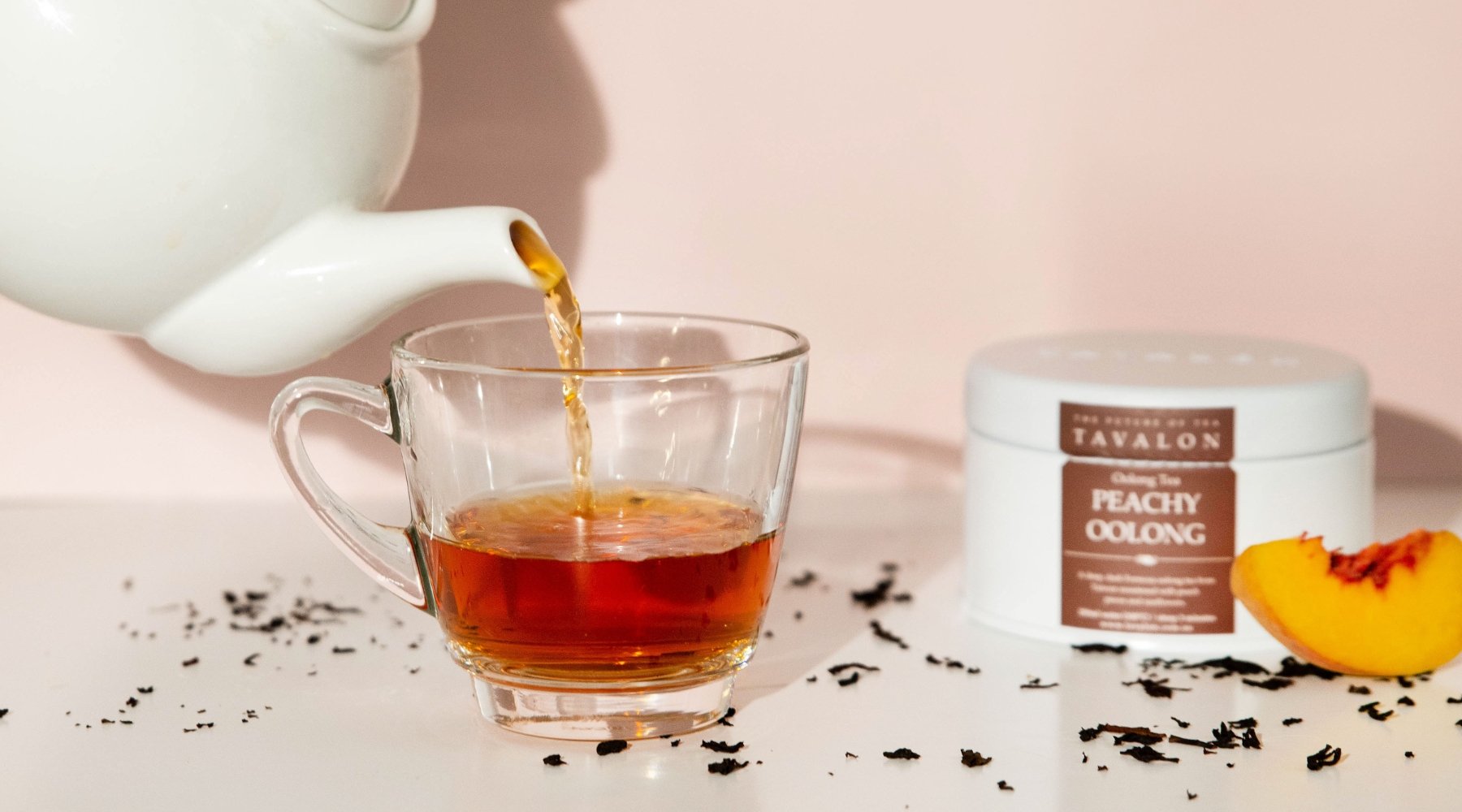
Exploring the Art of Steeping Tea: Brewing Your Perfect Cup of Tea
At Tavalon, we embrace and cater to the diverse preferences of tea connoisseurs and beginner tea lovers by offering the highest quality, premium tea. We’re constantly asked about the best way to steep tea. We put steeping suggestions on all our tea labels; the steeping suggestions are put on the labels to be just that: suggestions. However, there are spirited discussions arising among tea enthusiasts about the perfect way of steeping tea.
Opinions vary, with some favouring a robust, full-bodied and slightly bitter infusion, while others argue for a more delicate balance to savour the true flavours of the tea leaves. It’s usually a question of preference, but we decided to break down everything for you when it comes to the art of steeping tea.
Before we get into the details of tea brewing, let’s read a quote from one of the best books ever written on tea – Kakuzo Okakura’s The Book of Tea:
"Tea is a work of art and needs a master hand to bring out its noblest qualities. We have good and bad tea, as we have good and bad paintings – generally the latter.
There is no single recipe for making the perfect tea, as there are no rules for producing a Titian or a Sesson.
Each preparation of the leaves has its individuality, its special affinity with water and heat, its own method of telling a story.
The truly beautiful must always be in it."
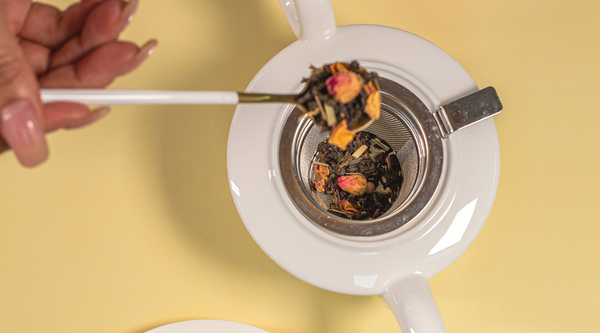
How do you steep tea properly?
Steeping tea properly involves a few key steps. Firstly, heat fresh water to the appropriate temperature for your tea type, as different teas require different temperatures. Then, place the tea leaves or tea bag in a teapot – preferably the Gravity Teapot for a hassle-free and fun brewing – or cup.
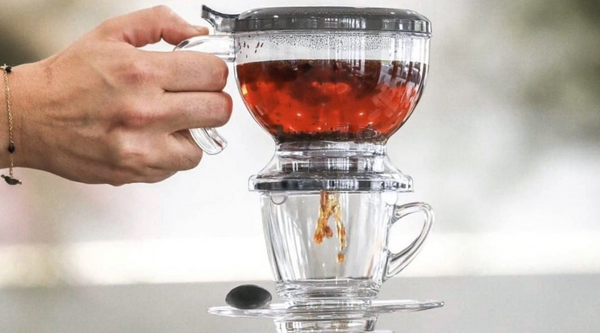
Pour the hot water over the leaves and let them steep for the recommended time (usually 3-5 minutes). Lastly, strain the leaves or remove the tea bag to prevent oversteeping and enjoy your perfectly brewed cup of tea. Head over to this article to learn the best way to get rid of plungers, tea filters, and clunky tea balls.
What is the best way to steep tea bags?
Or, Is there a difference between steeping loose leaf teas and tea bags? Not much! True tea bags contain loose leaf teas and have the same taste and quality. Furthermore, the best ones come in Soilon® tea bags, which means they are sustainable and biodegradable.
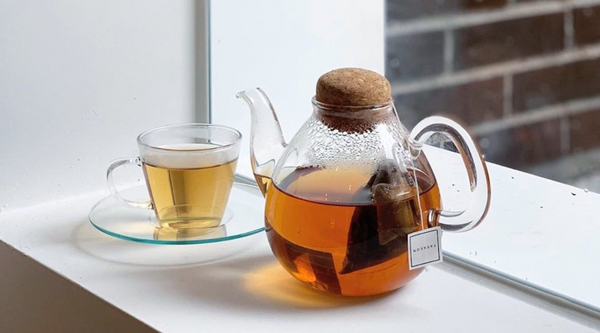
For steeping tea bags, the process is similar. Heat water to the suitable temperature depending on the type of tea you’re using, and put the tea bag in your cup. Pour the hot water over the tea bag and allow it to steep for the recommended duration. Gently squeeze the tea bag against the side of the cup to release any remaining flavours, and remove the bag. And now, enjoy the taste and aroma.
Should you steep tea in boiling water?
While boiling water works for some teas, it may not be ideal for all, as it can spoil the flavour and benefits. Delicate teas, such as green and white teas, can become bitter when infused in boiling water. It is recommended to adjust the water temperature based on the tea type. Boiling water is generally suitable for black teas and herbal infusions. In contrast, lower temperatures around 80-85°C are better for green and white teas.
Steeping Times for Different Types of Tea
The duration of steeping plays a crucial role in bringing out the optimal flavours and aromas from tea leaves. To get the best possible infusion, it's essential to understand and follow the recommended steeping times for various types of tea.
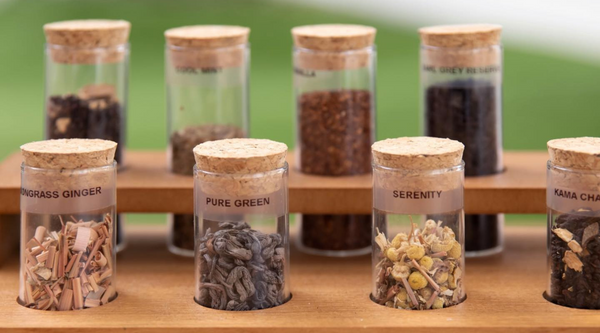
Black Tea
Black teas are generally robust and full-bodied, requiring a slightly longer steeping time to release their rich flavours. The recommended steeping time for black tea is typically between 3 to 5 minutes. Be cautious not to oversteep, as it can lead to bitterness. Adjust the steeping time based on personal preference and the specific black tea variety to achieve the desired strength and taste.
Green Tea
Green teas are delicate and nuanced, which call for a shorter steeping time to capture their vibrant and fresh characteristics. The ideal steeping time for green tea falls within the range of 2 to 3 minutes. Oversteeping can result in a bitter brew, so make sure to monitor the time closely. You can also do some experimentation with different green teas to find the perfect balance that suits your unique palate.
White Tea
We know white teas for their subtle and delicate flavours, requiring a gentle steeping approach. Go with a steeping time of around 2 to 4 minutes for white teas. However, note that some white teas may benefit from slightly longer steeping times to fully express their unique qualities. So, it’s best to follow the specific brewing instructions provided for the white tea you are using.
Oolong Tea
Oolong teas span a broad spectrum, with variations in oxidation levels and flavours. As a general guideline, oolong teas typically need a steeping time ranging from 3 to 7 minutes. However, it may vary depending on the specific oolong tea you are using. Lighter oolongs require shorter steeping times, while darker oolongs can withstand longer steeping for a more robust infusion.
Herbal Tea
Herbal teas, also known as tisanes, come in different varieties that are not derived from the original tea plant – Camellia sinensis. The steeping time for herbal teas varies widely, depending on the specific herbs used. As a general rule, herbal teas often benefit from a longer steeping time of around 5 to 7 minutes to extract the desired flavours and therapeutic properties.
Specialty and Blended Teas/Fruit Teas
Specialty, blended, or fruit teas can have their own unique steeping requirements. These teas often feature a combination of different tea types, herbs, spices, or other flavourings. It's best to refer to the instructions provided by the tea company or experiment to determine the ideal steeping time for these teas.
Hot Brewing vs Cold Brewing
When it comes to the question of how to steep tea, most of us opt for the traditional method of hot brewing, where tea leaves are infused in hot water. However, there is another approach that has gained popularity in recent years – cold brewing. Let's discuss each brewing type and their unique benefits.
Hot Brewing
The classic method of hot brewing involves putting tea leaves in hot water for a specific duration. The hot water helps extract the flavours and compounds from the leaves, resulting in a more robust, pronounced and aromatic infusion. This method is best for teas that are to be enjoyed hot, such as black, oolong, and herbal teas. Hot brewing offers a comforting and invigorating experience, especially during colder months.
Cold Brewing
Cold brewing, on the other hand, involves steeping tea leaves in cold – refrigerated – or room temperature water for an extended period, typically several hours or overnight. This slow, gentle extraction process gradually infuses the water with the delicate flavours of the tea, creating a smoother and more refreshing beverage. Cold brewing is particularly suitable for certain teas, including green, white, and some herbal and fruit teas. It offers a unique way to enjoy tea – chilled or iced teas – during warmer months, as a cool and revitalising treat.
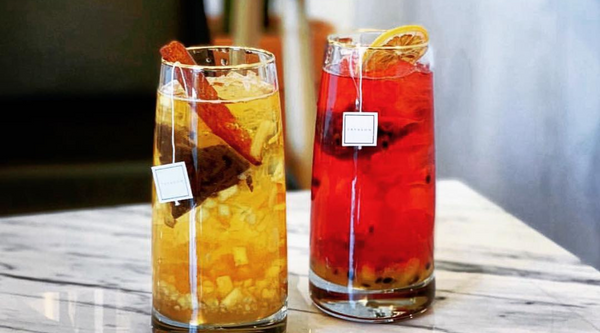
Is it healthier to brew tea longer?
Longer steeping does not necessarily make the tea healthier. Tea contains beneficial compounds, such as antioxidants and polyphenols, which are released during the steeping process. However, oversteeping can lead to increased bitterness and astringency, which may not be enjoyable. To make sure you get the health benefits you’re looking for without compromising taste, it's best to follow the recommended steeping time for your tea.
Does tea taste better if you steep it longer?
This does not always result in a better flavour. Some teas, such as black teas, can withstand longer steeping times without becoming too bitter. Others, in contrast, like green and white teas, may become unpleasantly harsh. So, try to find the right balance and stick to the recommended steeping time for the particular tea you are brewing.
Can you brew tea in tap water?
Yes, you can steep tea in tap water. But, bear in mind that the quality of tap water can vary depending on your location. If your tap water has an unpleasant taste or odour, it can affect the final taste of your tea. To ensure a cleaner and more neutral taste, use filtered or bottled water. This will allow the tea flavours to release their true character.
Why do you steep tea twice?
In certain tea traditions, such as the Gongfu Cha Ceremony, it’s common to infuse tea leaves multiple times. This allows you to experience different flavour profiles as the leaves unfurl and release their essence gradually. Each steeping can offer unique nuances and subtleties, creating a multi-layered tea-drinking experience.
Should you squeeze tea bags after steeping?
Gently squeezing tea bags after infusing can extract additional flavours from the tea leaves. However, squeezing too forcefully can release more tannins, potentially leading to a slightly bitter taste. So, squeeze the tea bag gently against the side of the cup or teapot to extract any remaining flavours without overpowering the brew.
Do you put milk before or after tea steeping?
When it comes to adding milk to tea, the general guideline is to add it after steeping. Adding milk before steeping may interfere with the extraction of tea flavours. Infusing the tea first before adding milk allows you to fully appreciate its unique characteristics. Then, you can add milk, sugar, or other ingredients to adjust the taste to suit your individual preference.
Final Words on How to Brew a Perfect Cup of Tea
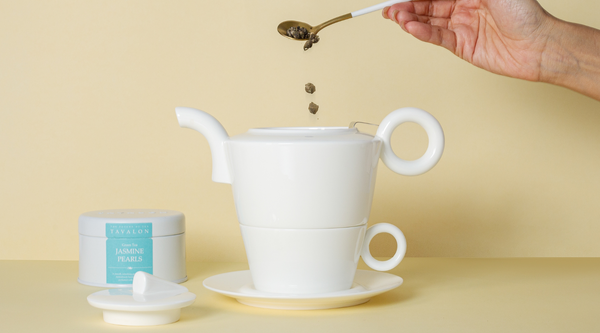
It’s really about steeping times for different types of tea. This is a crucial element in unlocking the perfect infusion. Whether it's the robustness of black tea, the delicate nature of green and white teas, the nuanced flavours of oolong tea, or the diverse herbal infusions, understanding and adhering to the recommended steeping times can significantly enhance your tea-drinking experience. Experimentation and personal preference are also important. You’ll need to fine-tune it to your desired strength and taste.
Finally, make sure you opt for premium, whole leaves rather than "dust" & "fanning" graded leaves. And, let’s not forget the power of proper tea tools to brew tea in an easy, professional way.


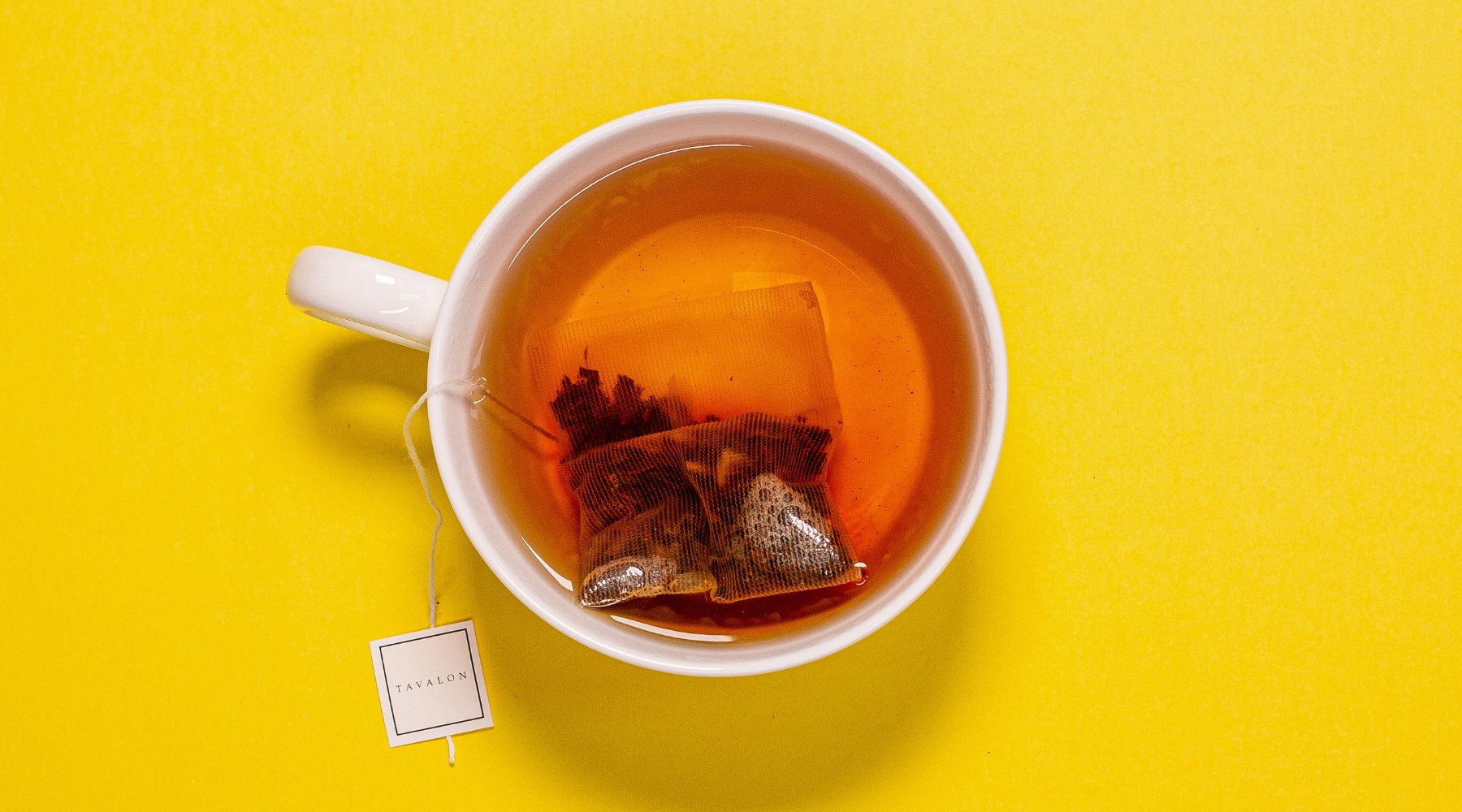
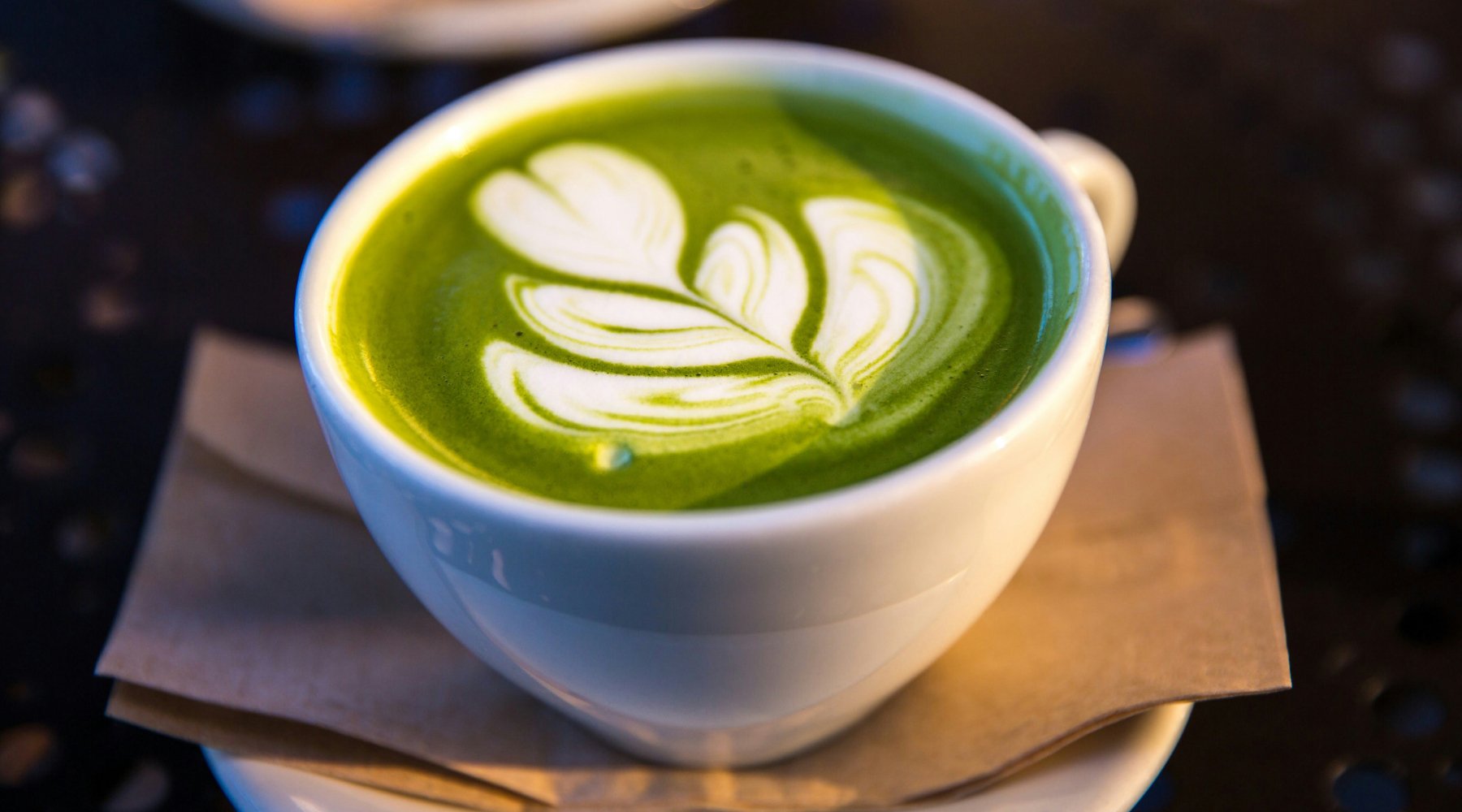
Leave a comment
This site is protected by hCaptcha and the hCaptcha Privacy Policy and Terms of Service apply.